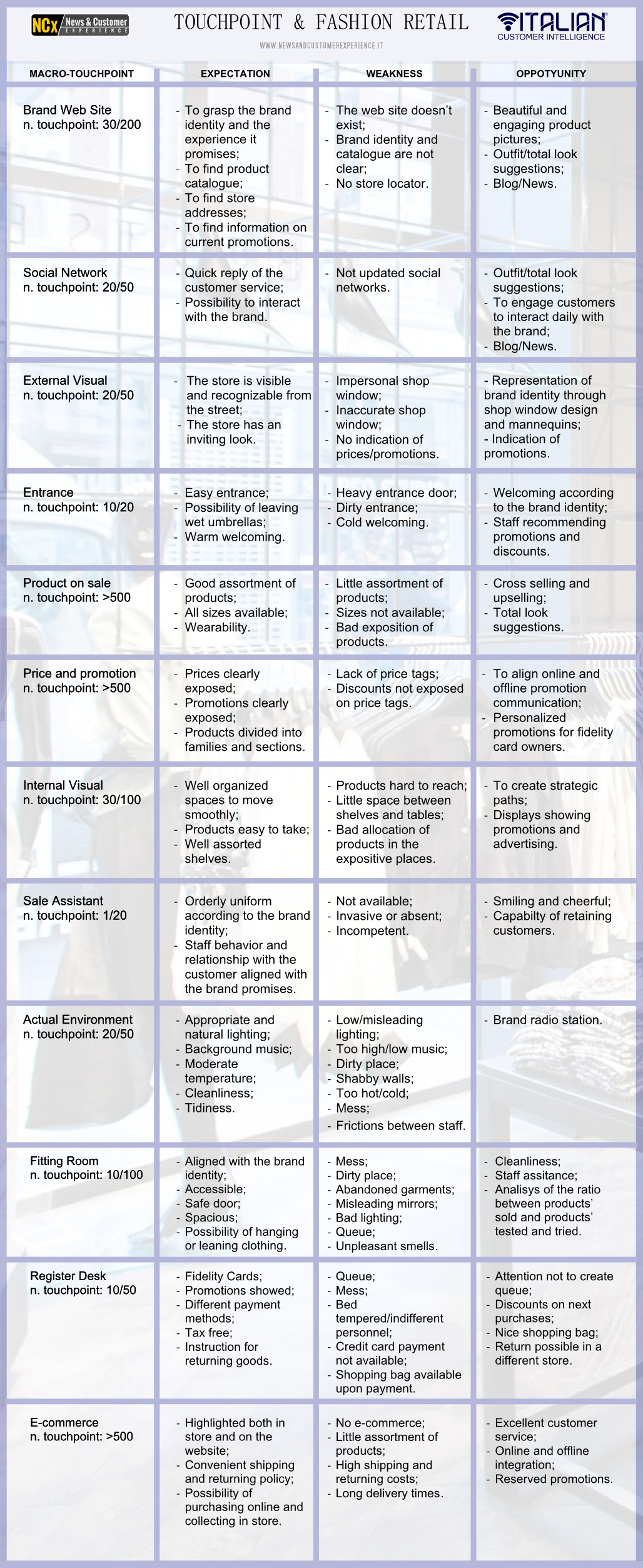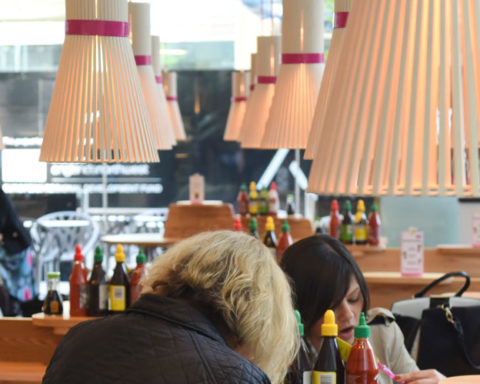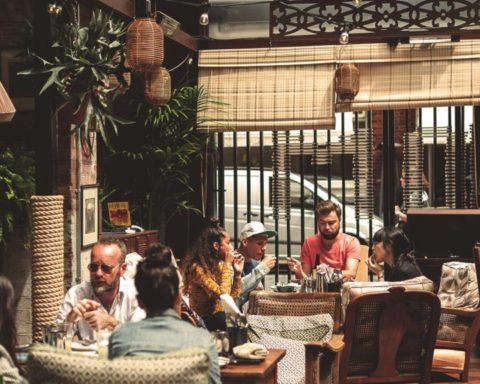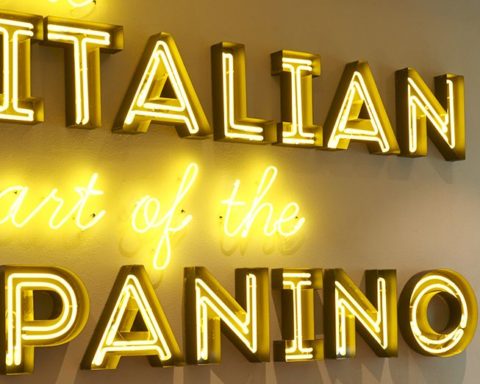Italian customer intelligence’s journey through the touchpoints of different industries
Today we enter the fantastic world of a fashion store. Whether it is a flagship store, an affilateor a reseller, it is essential to have clear in mind that, when entering the point of purchase, the customer wants a preferential and direct relationship with the brand itself.
In the Age of the Customer the client no longer belongs to the reseller or to the store. He belongs to the brand! Supporting the direct relationship between a customer and the whole, a reseller and a store will make their own fortune. In contrast, a reseller and a store willing to tie the customer to themselves will start soon an unavoidable decline. This involves big responsibilities for the brand itself who needs to take care of the experience of each client. Additionally, it is important to keep in mind that each customer follows different paths when interacting with a brand. Every touchpoint is both a risk to lose the customer and also a big opportunity to win his confidence, loyalty and word of mouth.
When it comes to fashion retail, there are so many and different touchpoints. Once again, for simplicity and clarity’s sake, we would like to mention and point out the main ones that are usually considered strategic. Fashion industry is an overstocked market, therefore the only way brands can differentiate themselves is by delivering an ultimate customer experience aligned with their own identity and values. The smallest mistake can cost dearly.
Also, we would like to remind that nowadays the high quantity of mobile devices and the continuous internet connection extend the offline retail to the online world. This cause super consumers to have massive possibilities of interaction at their disposition.
So, let’s see what it is all about!
As previously said, this is a quite simplified picture but the point is that each of these weaknesses can cause the store (and consequently the brand!) to lose the customer. Yet, unsatisfied and unhappy clients can report their bad experiences both to friends and acquaintance offline and to the big online audience.
The ultimate goal of a serious and effective work on touchpoint mapping and, with that, on the experience offered in each of them is to make the customer a promoter of your own business. The intention is to make him go back and make his word of mouth not only not negative but even enthusiastic!
This is as much needed in flagship stores as in franchising stores where the customer experience pretends more than ever to be aligned with the brand values in any single store.
Clearly, it is not only about comprehending customer’s expectations and meeting his deep desires and needs, but it is also about settling the boundaries in which redefining his Customer Experience, with the aim to surprise and excite him. In essence, knowing that the client wants to be treated well is no longer enough. It is necessary to define what these words exactly mean on both a quality and quantity level.
Evidently, this kind of work is not completed with a “static” and exemplifying suggestions of arising “opportunities”, but it needs a deepened plan of action specific for each one’s own company.







